Are our kids being taught in schools that prepare them for the world of Google? Or are they left behind in classrooms stuck in decades, even centuries, past? Unfortunately, recent research shows that the latter is the case.
At the K12 Facilities Forum, futurist, author, and consultant Rex Miller shared his extensive research into the lack of modernity in schools, and gave some helpful strategies for how facilities leaders can create environments that engage students.
The Current State of Classrooms
For years, Miller has been researching the disengagement that plagues the American workforce. However, the state of teachers reflected similar, if not worse, levels of stress and burnout. Findings also revealed a school environment where fear and insecurity run rampant among kids, teachers, administrators, and parents. High-stakes testing, political drama, competition, and funding problems all contributed to this breeding ground for anxiety.
Miller's research was focused on those schools who defied the odds, despite these obstacles. His team spent 18 months crisscrossing the country, assembling a team of passionate change-agents in education (new and old teachers, architects, government representatives, and beyond).
In some of the most unlikely places in the country, they explored what was working for ordinary people who created engaging, innovative spaces with high achievement.
These institutions, they found, were not the norm. The basic structure of school buildings and classroom layouts has remained largely the same since the 19th century, with the teacher positioned as the expert at the front of the room and a natural hierarchy unfolding among students based on seating arrangement.
It’s hardly changed at all, despite the fact that we now know more than ever about the way environments shape how well children can learn. Miller contends that this is because we’ve lost focus on the actual purpose of the classrooms we build and design.
“What’s the root word for facility? Facilitate. But we oftentimes don’t pause and try to think about what we are trying to facilitate. What is the experience, what are the touch points that we’re creating?”
This disconnect is especially apparent in how education officials assess the world-readiness of their students. As many as 90% of provosts say their universities produce work-ready students, but only 13% of CEOs say that graduates have the skills they’re looking for in a work-ready employee.
Once our youth leave the education environment, they don’t have the tools to fall in stride with the rest of the world.
The first step to fixing the problem with learning environments is to properly assess them. Miller’s research team categorized schools based on the experiences they provided kids, coming up with three main categories:
1. Future-Ready Schools
These are schools that are successfully preparing kids to work in the real world. It’s here that you can find classrooms of the future. These environments nurture important and practical skills like communication, collaboration, and creativity. The room is dynamic and active, and most of all, appeals to multiple types of learners. And sadly, only 5% of America’s schools meet these criteria.
2. Well-Schooled but Poorly-Educated Schools
Students from these schools can function in the traditional education environment, meaning they can pass tests and get into college. But the students are lacking the skills needed to function in the modern world. This category includes 45% of America’s schools.
3. Left-Behind Schools
Unfortunately this label applies to 50% of American schools, where kids already struggle to function in the education environment. They have zero preparation for the modern workforce. Many of these facilities are “Custodial Schools”, places that just babysit kids until the next grade. Others are “Survival Schools”, which Miller describes as “war zones”.
So what can we do to move our schools into the first category? Miller suggests that it takes a completely different approach, one that’s entirely focused on making learning experiences frictionless, engaging, and accommodating of individuality. It’s about building classrooms that are flexible enough to adapt to children’s needs and interests-- wherever the learning takes them.
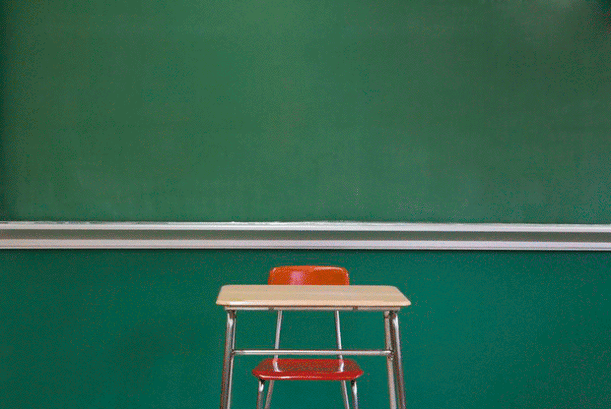
Building the Classroom of the Future
The classroom of the future inspires exploration and experimentation. It integrates technology, both in the classroom itself and also with the devices kids have in their pockets and at home. It includes dynamic ergonomics, such as touch screens and tables that allow kids to reach across, face each other, and collaborate easily.
Miller points to the usefulness of the Gensler Experience Index, recommending that some of the framework can be applied to designing education environments. When designing new classrooms and learning spaces, facility leaders should be asking questions such as:
- What is the intention of the environment?
- How well does the environment support that intention?
- How are students and teachers interacting with this environment?
- What type of interactions are facilitated (group cooperation, one-on-one tutoring)?
- Does this space have a positive influence on learning-readiness: mood, relaxation, and motivation?
A bit of simulation and experimentation can go a long way toward identifying high-performance classroom designs. Miller recommends creating a description of a typical day in the classroom, and even creating physical mock-ups of classroom elements. He referenced one case in which designers used cardboard to create placeholder elements for testing layouts and ideas when creating a state-of-the-art classroom.
The most powerful opportunities lie in working with those who have an open mind and having the tools to open the minds of those who may be resistant at first. Miller recommends teaming up with principals who are willing to try something new at their own schools.
Once a few schools are boasting future-ready designs, other principals in the district will not want to be left behind. Demonstration facilities in districts can also be invaluable for getting people on board. By allowing them to experience the difference, principals and other officials can see the value in letting go of traditional designs.
Perhaps most importantly, Miller suggests that leaders seek out the opinions of students and teachers themselves. As the ones who are using classrooms on a daily basis, getting their voices involved in design decisions can be the ticket to creating spaces that are truly optimized for teaching and learning.
Miller’s research and conclusions are explored in his new book: "Humanizing the Education Machine."

Posted by
Join us at the K12 Facilities Forum!
The community for district and facilities leaders
Nov 8-10, 2026 | San Antonio, TX



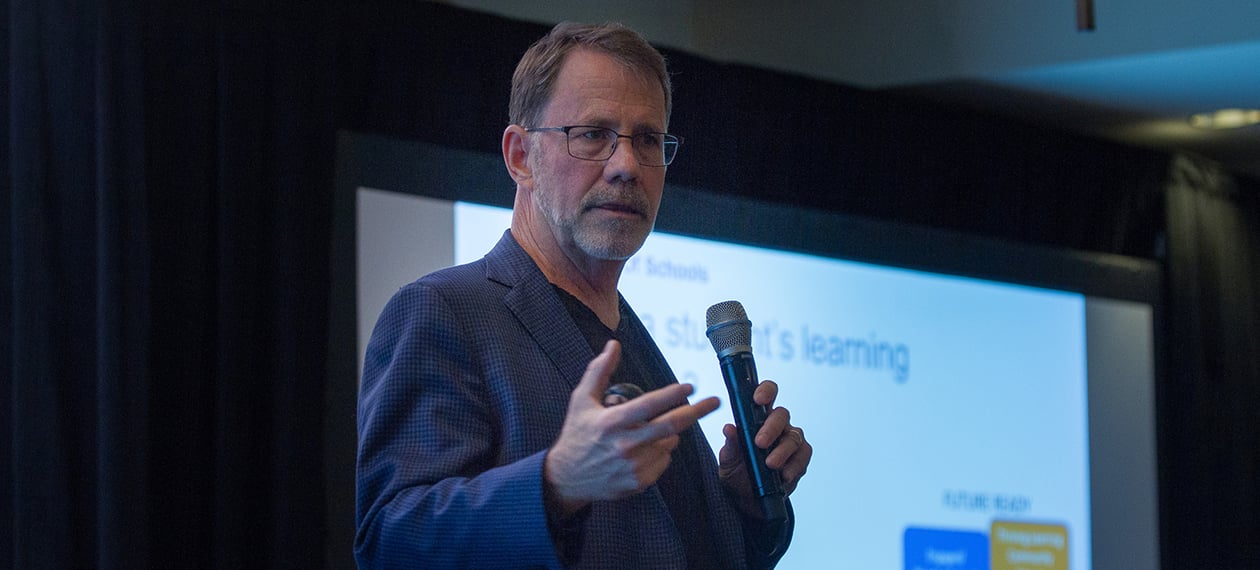

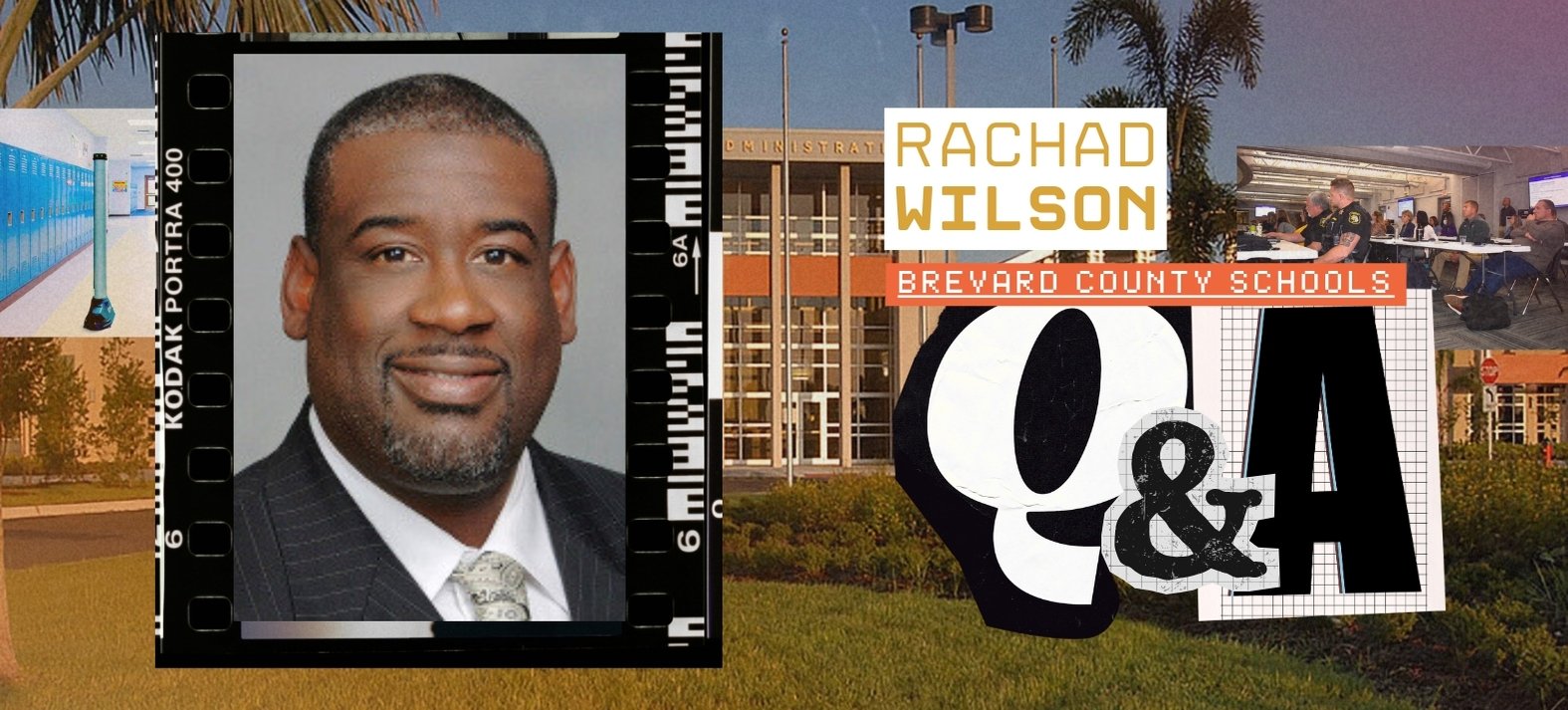
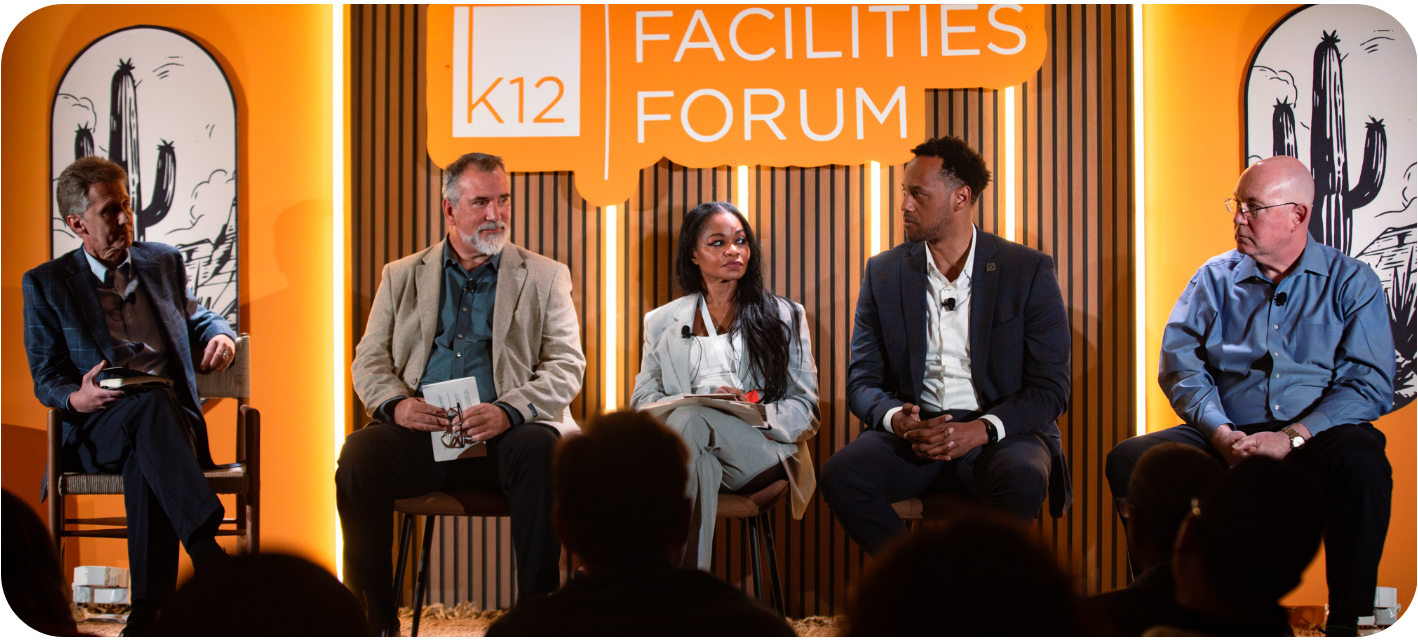
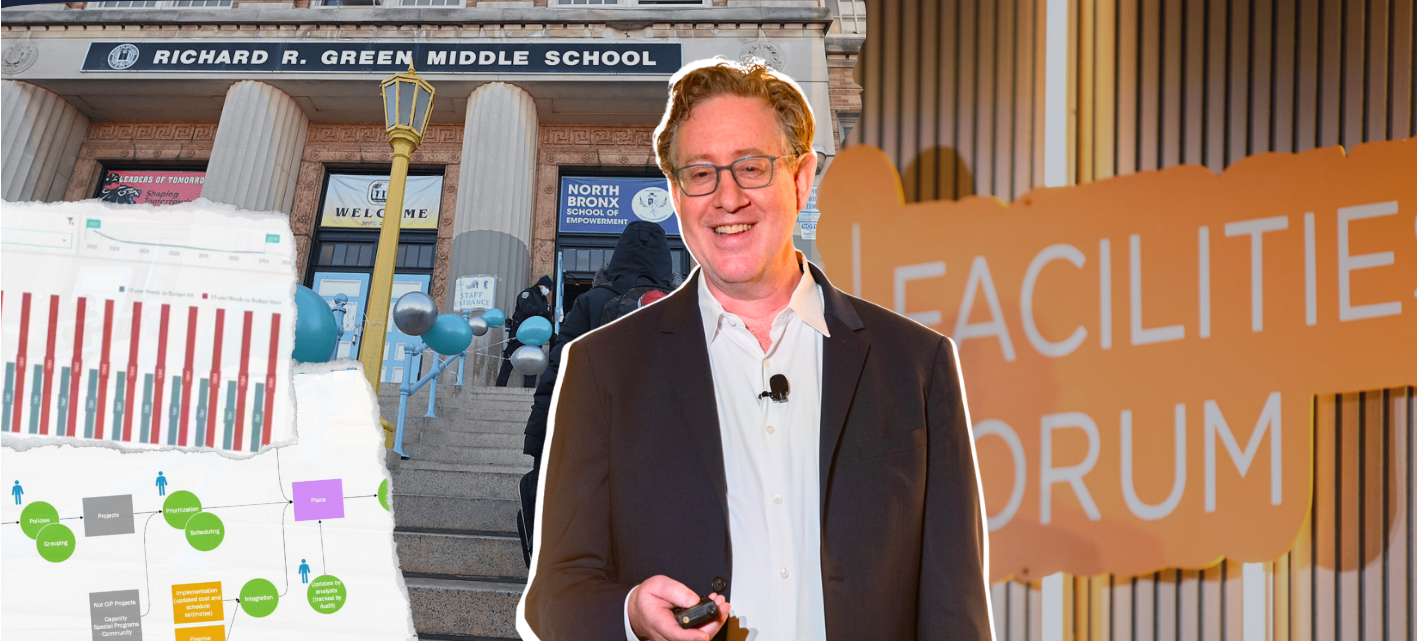
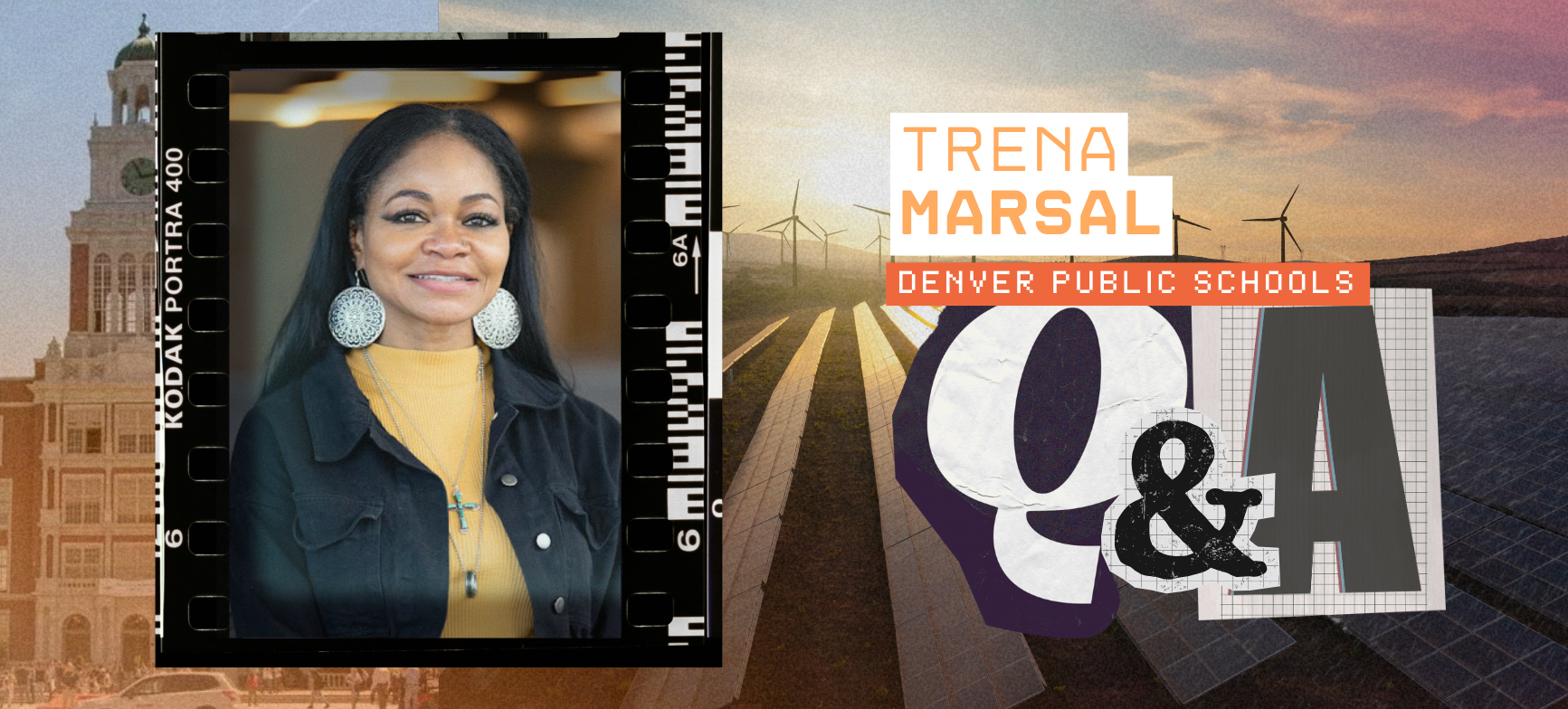
-3.png)

Comments